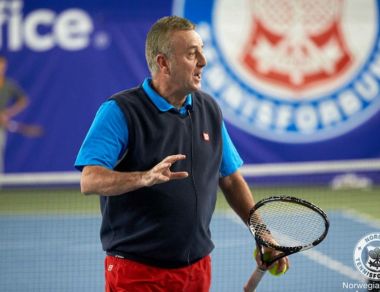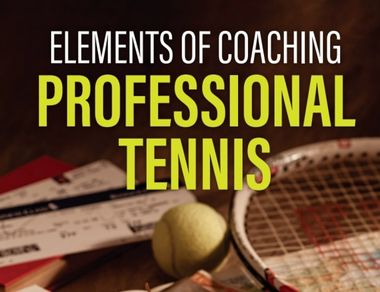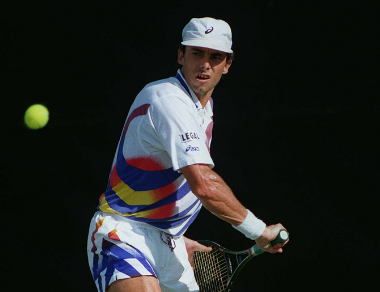This is the 5th in a series of articles in which Dave Miley shares his 10 proposals that he believes can make a difference in tennis from the high performance/professional to the recreational player playing at club level.
10: Ensure that the 7 major tennis bodies work together for the good of tennis.
In my opinion, tennis has never been more fragmented than today with the key tennis stakeholder doing things independently without really considering, in combination, the bigger picture of the good of tennis. I have so much respect for the ITF, the ATP and WTA tour and the four grand Slams who all do so much for tennis. They are, with the top players, the most important influencers of tennis and are the ones that can bring about changes to the game if they agree to work together.
I think that all seven organisations at the top of tennis should recognise that, whilst each should continue to work to improve their own part of tennis, they also have a duty to our great sport to work together for the good of tennis and to recognise that by doing so they will all benefit in the long run.
I am going to say something that most people actively involved in professional tennis are thinking but not often saying out loud. The professional men and women should have an independent player union that is separate from the ATP and WTA tours. No matter how hard you try, and there are great people working in the ATP and WTA, you cannot be an employer and a union at the same time. It does not happen in any industry that I can think of. I think having the player unions separate would, not only simplify the administration of tennis at this level, but it would also ensure less conflicts of interest. The players union would be independent of the tours and could negotiate in a normal way with the various bodies running professional events and all seven bodies would in turn have to consider the views of the player’s in making decisions.
With reference to the good of the game, I think there are some top line objectives that the ITF, the Grand Slams and the men’s and women’s tour could agree to work together on including things like:
- That the top 400 male and female players should make a good living from the sport
- That there should be big professional tennis events in every region of the World
- That they should all should work better to increase tennis participation worldwide and not just in their own nations/event locations.
- That Players at the Pro events should be used better to promote the sport
- That the sport of tennis should be positioned in front of Governments, IOC etc as the model sport for life (men and women/healthy/clean from doping/sport for life etc)
I am sure that together they can come up with other “top line” objectives and ways to work together for the good of tennis. But the main point is that they need to see that it is the sport and its future that is the most important thing. And if tennis is healthy, everyone benefits.
Conclusion
The Tennis “Product” at all levels of the game should adapt to the needs and lifestyles of the customers and the Governing Bodies should work together to make the game more attractive to play and to watch.
Tennis is a very conservative sport and I am sure many people that have been involved in tennis for many years will think me naïve in my thinking and in the Ten points that I have suggested to make tennis a healthier sport. I have always been struck by how comfortable people are with the status quo especially in professional tennis. The proposed ITF transition tour is a great example of this. What the ITF have come up with is pretty much what has been there for the past 40 years. A global circuit, a global ranking, $15,000 events, 32 draws and a circuit with players earning the same prize money and having the same costs. The only real difference is no ATP and WTA points. Not exactly thinking outside the box!
As I said in the introduction, I know from experience that change in tennis is not easy, but I also know that when people in tennis work together, change is possible. I experienced that on a number of occasions in junior tennis.
More people playing, more people watching and more people buying tennis coaching and equipment. That’s a healthy sport. To achieve that, we all need to work together to give the tennis customers what they want by adapting the tennis product to people’s needs and lifestyles.
Let’s put a Big Ten into Tennis today and make it a healthier sport!
- Professional Tennis
- International Junior Tennis
- ITF events including Davis Cup and Fed Cup
- Increasing Tennis Participation worldwide
- Working Together for the good of the game



